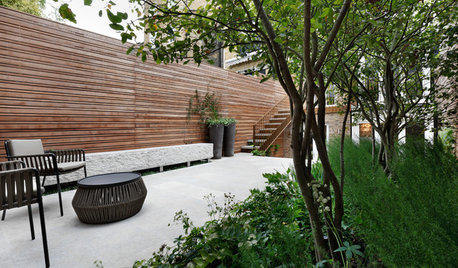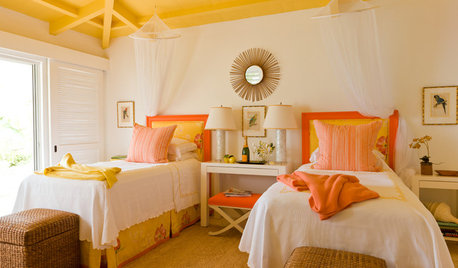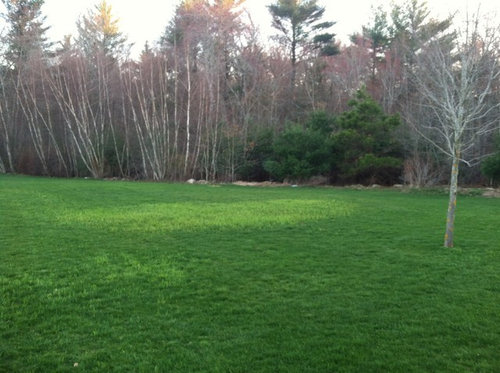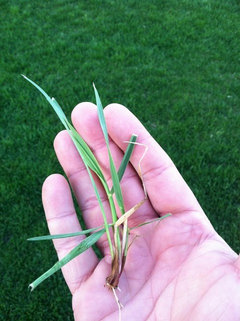Bright Green Patches of Lawn
bandy1080
11 years ago
Featured Answer
Sort by:Oldest
Comments (10)
bandy1080
11 years agoauteck
11 years agoRelated Professionals
Carlisle Landscape Architects & Landscape Designers · New Bedford Landscape Architects & Landscape Designers · Cary Landscape Architects & Landscape Designers · Oatfield Landscape Architects & Landscape Designers · Otsego Landscape Architects & Landscape Designers · Gainesville Landscape Contractors · Lakeland Landscape Contractors · McKinney Landscape Contractors · Allentown Landscape Contractors · Del Aire Landscape Contractors · Glendale Heights Landscape Contractors · Oklahoma City Landscape Contractors · Seminole Landscape Contractors · Clinton Swimming Pool Builders · Englewood Swimming Pool Buildersbandy1080
11 years agotiemco
11 years agogoren
11 years agobandy1080
11 years agoSerenity Lawn Service
11 years agobandy1080
11 years agobandy1080
10 years ago
Related Stories

GARDENING GUIDESHow to Fix Bare and Yellow Lawn Spots
Restore your turf’s good looks by reseeding unsightly patches
Full Story
GARDENING GUIDESSmall Gem Lawns: More Impact From Less Grass
Instead of letting the lawn sprawl, make it a shapely design element in your yard. You’ll reap benefits both practical and aesthetic
Full Story
URBAN GARDENSIn London, a Crowded Patch of Grass Becomes a Patio for Entertaining
A chic combo of wood siding, clever plantings and lots of elegant sandstone transforms a plain garden into a stylish space
Full Story
LANDSCAPE DESIGN15 Great Ideas for a Lawn-Free Yard
End the turf war for good with hardscaping, native grasses and ground covers that save water and are easier to maintain
Full Story
GARDENING GUIDESInvite Cellophane Bees to Your Garden by Providing Patches of Bare Soil
Look for cellophane bees (Colletes) pollinating flowering trees and shrubs in U.S. gardens this spring
Full Story
LANDSCAPE DESIGN7 Low-Maintenance Lawn Alternatives
Turf isn't the only ground cover in town. Get a lush no-grass lawn with clover, moss and other easy-care plants
Full Story
LANDSCAPE DESIGNCalifornia Says Goodbye to the Sprawling Ornamental Lawn
New state rules will effectively limit turfgrass to 25 percent of the landscape in most new and renovated yards
Full Story
GREAT HOME PROJECTSHow to Replace Your Lawn With a Garden
New project for a new year: Lose the turfgrass for energy savings, wildlife friendliness and lower maintenance
Full Story
LANDSCAPE DESIGNGet Along With Less Lawn — Ideas to Save Water and Effort
Ditch the mower and lower your water bill while creating a feast for the eyes with diverse plantings and gathering places
Full Story
DECORATING GUIDESPaint Color Ideas: 7 Bright Ways With Yellow and Orange
Go with the glow. These sample palettes and room examples show you how to work with two of the happiest hues around
Full Story





tiemco